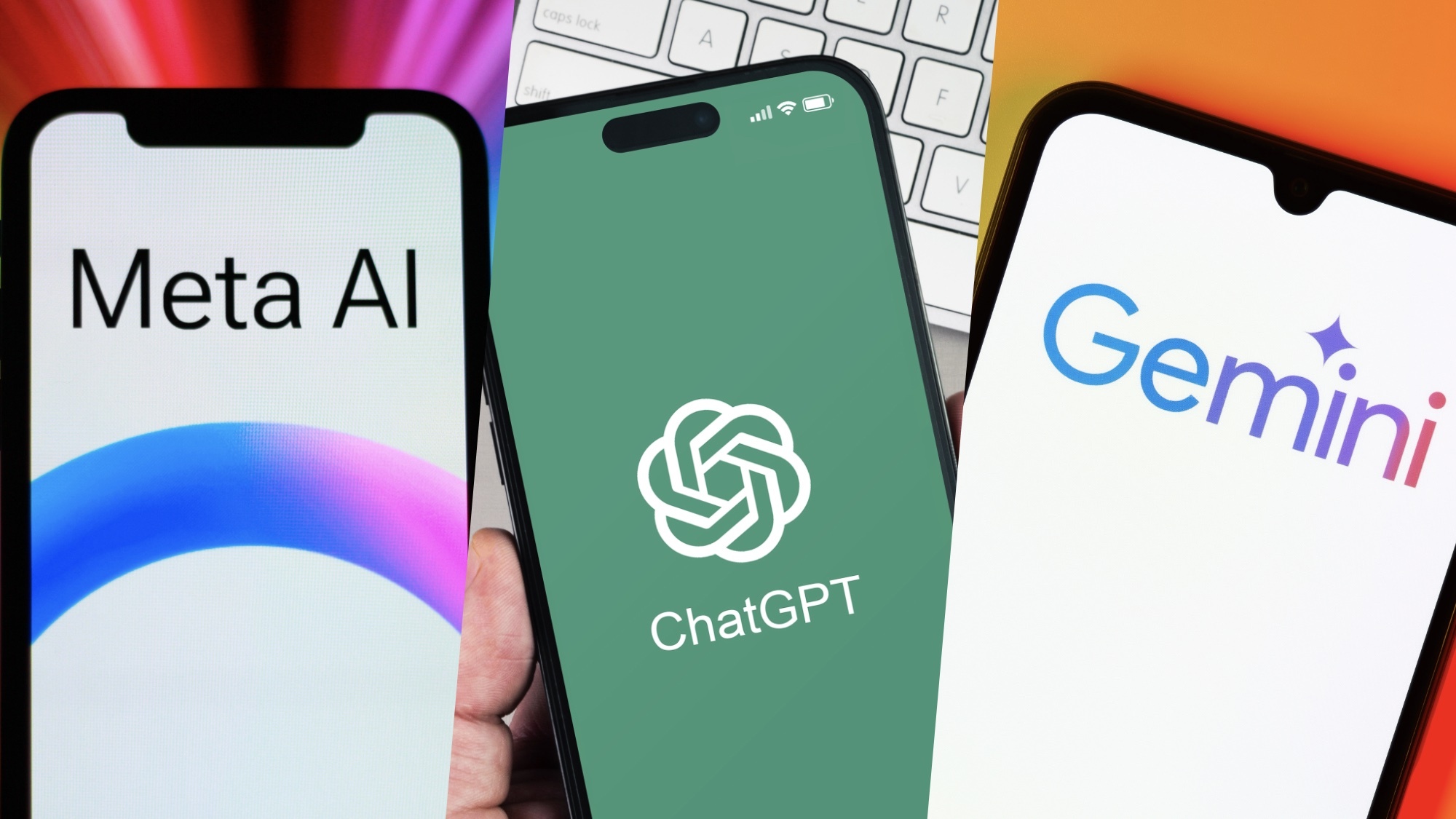
If you’re using AI tools like ChatGPT, Claude, or Gemini and feel like the answers could be better, the problem might not be the model. It could be the words you're adding to the prompt.
The good news? There’s an easy fix: adding the right “power words” to your prompts can completely transform the results, making them sharper, more useful and more targeted to what you actually want.
Whether you’re summarizing an article, writing an email or brainstorming ideas, these simple one-word upgrades make a huge difference.
Here are 11 of the best power words to boost your AI prompts, plus examples you can try right now.
1. Actionable

When you want responses that lead to real-world use cases, not just surface-level information or summaries, this word is key. It's helpful for reports, recommendations or anything you need to act on.
Prompt to try: “Give me an actionable summary of this article for someone who needs to make decisions.”
2. Concise

If you’re short on time (or attention span), this helps the AI stay brief and clear, making it useful for quick explanations, emails or captions for social media.
Prompt to try: “Write a concise explanation of this product for a beginner.”
3. Insightful

When you want deeper thinking from the AI, such as analysis, trends or meaning beyond the obvious, use this word. It's best for reviews, commentary or professional insights.
Prompt to try: “Give me an insightful review of this trend and what it means for consumers.”
4. Simplified

Have a complex topic that you need broken down? No problem. This word tells the AI to turn whatever you need into plain, easy-to-understand language. You may find this useful for teaching, training or writing for younger audiences.
Prompt to try: “Simplify this news article so a 12-year-old could understand it.”
5. Bullet-pointed

I use this one a lot when I want nuggets of information. I use it for structured, scannable output; ideal when you need clarity, quick reference or easy editing.
Prompt to try: “Summarize this podcast episode in bullet points with timestamps.”
6. Prioritized

Sometimes you need to know what matters most, especially if you're summarizing a document. This pushes AI to rank the most important takeaways, so you can focus on what counts.
Prompt to try: “List the top 3 takeaways from this report, prioritized by impact.”
7. Strategic

If you want big-picture thinking such as goals, positioning or long-term ideas, this will push AI to deliver leadership-level insights.
Prompt to try: “Give me a strategic summary of this competitor’s product launch.”
8. Persuasive

When you need copy that convinces, motivates or sells, add this key word to your prompts. It is useful for shifting the tone toward influence and engagement.
Prompt to try: “Write a persuasive pitch for this eco-friendly water bottle.”
9. Comparative

Need to weigh options? This keyword triggers AI to create clear side-by-side comparisons. I find it is especially helpful for decision-making, shopping, or reviews.
Prompt to try: “Compare Claude and ChatGPT in a table showing strengths and weaknesses.”
10. Contextual

For richer answers that take background, history or audience into account, use this one. I use it for explaining the “why it matters.”
Prompt to try: “Give me a contextual overview of this legislation and who it affects.”
11. Visual

Sometimes you just need a visual. Tables, diagrams, timelines come out when you use this word. The AI will organize information visually for better comprehension or easy use in presentations.
Prompt to try: “Give me a visual summary of this market research in table form.”
Pro tip: Stack power words for even better results
You don't have to stop at using just one at a time. Combining power words can dial in what you want.
For example: “Give me a concise, actionable, bullet-pointed summary of this article for a time-strapped manager.”
By clearly telling the AI how you want the response — and who it’s for — you’ll get much better results, faster.
Try these power words with the "3-word-rule" prompt or even prompt dusting (utilizing multiple chatbots) for the best results.
Final thoughts
You don’t need to be a prompt engineer to get great output from your favorite chatbots. Sometimes adding just one thoughtfully chosen word can upgrade your results from “pretty good” to “wow, that’s exactly what I needed.”
Try adding one of these power words to your next prompt, and see the difference for yourself. Let me know in the comments which words work best for you.







